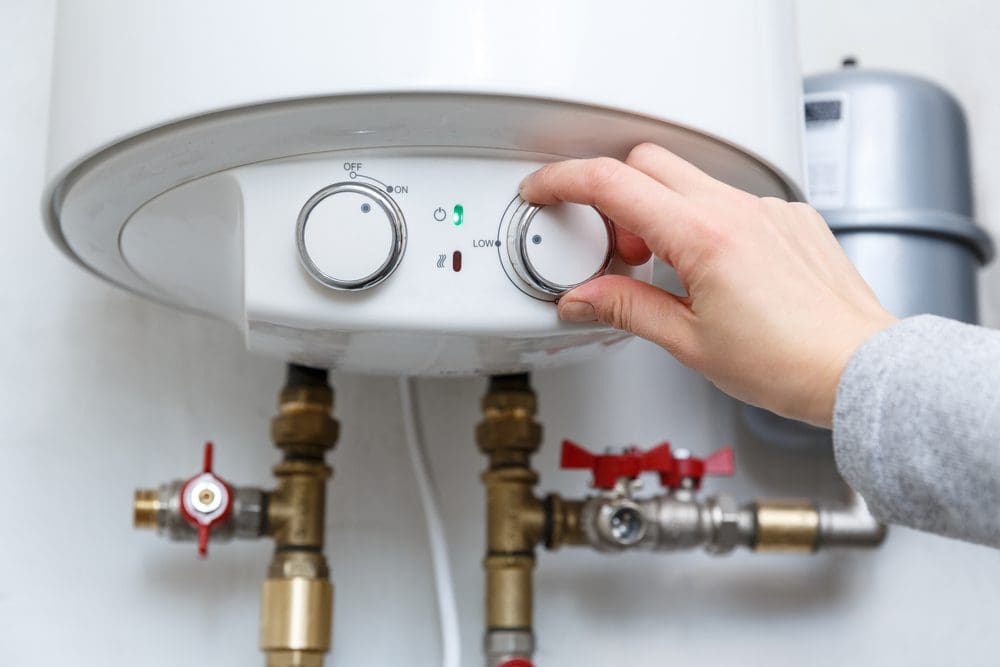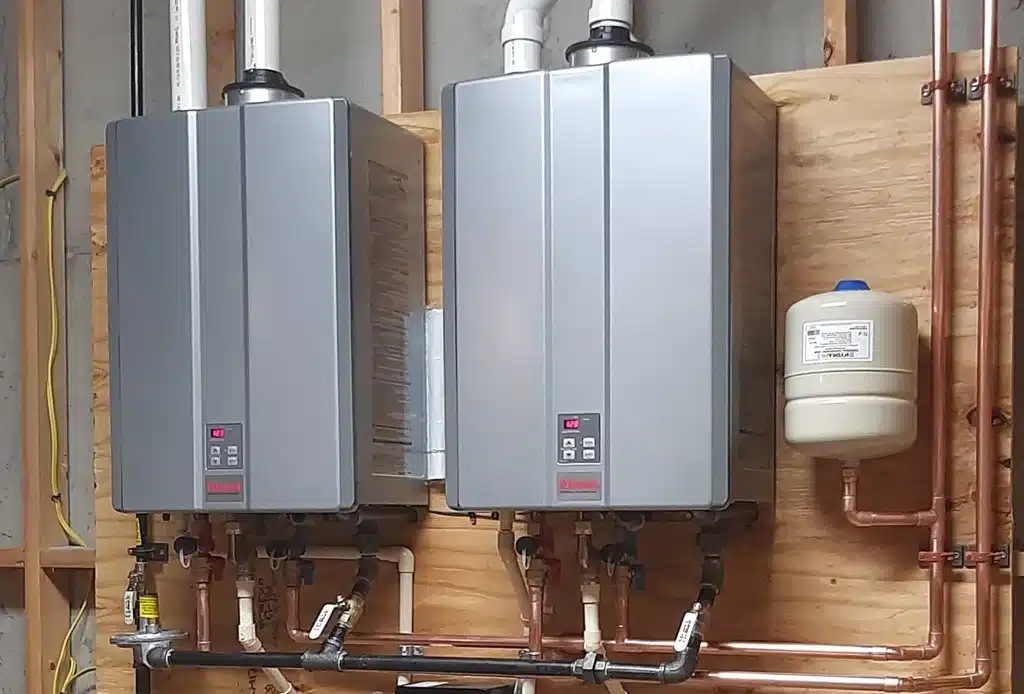Total Guide to Water Heating SystemSetup and Replacement
Recognizing the ins and outs of water heating system installation and replacement is vital for homeowners looking for to make sure effectiveness and reliability in their warm water supply. From picking the proper type and size to carrying out a smooth installation procedure, several factors have to be considered to avoid common risks.
Types of Water Heaters
When thinking about hot water heater installation and replacement, it is vital to understand the numerous kinds of water heaters available in the marketplace. The most usual kinds include storage tank hot water heater, tankless hot water heater, warmth pump water heaters, and solar water heating systems.
Tank hot water heater are traditional systems that save a details quantity of warm water, making them readily offered when required. They are normally much less expensive upfront however may sustain greater power expenses over time because of heat loss. In contrast, tankless hot water heater supply warm water on demand, eliminating the demand for storage space. They are power efficient and can save area, but their first costs are normally greater.
Heatpump water heating systems use electricity to transfer warm from the air or ground to warmth water, providing substantial power cost savings however needing even more space and details installment conditions. Solar water heating units harness solar energy to heat water, providing an eco-friendly alternative with prospective lasting expense savings, although they often require a back-up system for cloudy days.
Understanding these alternatives makes certain informed decisions regarding installation and replacement, dealing with specific demands and preferences.
Picking the Right Size
Choosing the suitable dimension for a water heater is vital to make sure ideal efficiency and performance. A device that is too tiny will certainly struggle to meet home needs, leading to irregular hot water accessibility and boosted power usage. Conversely, an extra-large water heating unit can result in unnecessary power waste and greater energy expenses.
To figure out the appropriate dimension, consider the family's peak warm water use. This can be calculated based upon the number of residents and their common warm water demands. For instance, a family of 4 might require a water heating system with a capacity of 50 to 80 gallons, depending upon the usage patterns, such as synchronised showers and laundry.
Additionally, examine the recuperation price, which gauges just how promptly a heating system can renew warm water after it has been used. For tankless models, emphasis on the flow rate, measured in gallons per minute (GPM), to ensure it meets the family's simultaneous need.

Installment Process Summary

Next, the old system should be separated and removed, making sure to comply with regional codes and policies pertaining to disposal. Once the old device is out, the brand-new hot water heater can be positioned in location. This step involves connecting the water lines, making certain that all fittings are protected and leak-free.
After developing water links, it's vital to connect the power supply, whether electric or gas, complying with the manufacturer's guidelines diligently. When all links are made, the system should be loaded with water, and the power company website can be turned back on. Lastly, it is very important to inspect for leaks and make sure the hot water heater is operating properly before completing the setup procedure.
Usual Installment Mistakes

An additional frequent error is ignoring to follow neighborhood codes and laws. Failing to adhere to these requirements can not just lead to security dangers but click this site might also result in costly fines or the need for pricey reinstallation.
Failing to secure connections or using the incorrect kind of installations can lead to leaks and water damages. By staying clear of these typical installment blunders, property owners can guarantee their water heater operates securely and effectively, maximizing performance and longevity.
Maintenance Tips for Long Life
Proper maintenance of a water heating unit is important for its longevity and ideal performance. Normal examinations and maintenance can prevent costly fixings and expand the appliance's life-span. Begin by checking the temperature level setup; it should typically be set in between 120 ° F and 140 ° F for ideal power efficiency and safety.
Every 6 months, purge the container to remove debris buildup, which can harm home heating effectiveness and cause deterioration. To do this, switch off the heater, connect a tube to the drainpipe valve, and allow the water run up until it is clear.
When they are rusted,Anode rods must be try this website checked each year and replaced. These rods help prevent container corrosion by drawing in corrosive components in the water.
Furthermore, inspect the stress safety valve regularly to ensure it is working correctly. This valve is vital for preventing too much stress buildup within the storage tank.
Lastly, take into consideration scheduling a professional upkeep check every couple of years for complete assessments and servicing. By sticking to these upkeep pointers, house owners can considerably boost the performance, safety and security, and life-span of their water heating systems, making certain reliable warm water for many years to find.
Final Thought
In conclusion, proper installation and upkeep of water heating systems are essential for making certain performance and longevity (drain cleaning). Choosing the appropriate kind and size, adhering to installation guidelines, and preventing common blunders substantially contribute to optimum performance. Routine maintenance checks and professional maintenance aid sustain performance and protect against pricey fixings. By recognizing these essential aspects, property owners can attain a trusted warm water supply while reducing potential issues associated with hot water heater operation.
Comprehending the complexities of water heater installment and substitute is critical for property owners seeking to make certain effectiveness and reliability in their warm water supply.Storage tank water heaters are typical systems that keep a details quantity of hot water, making them readily available when required. In comparison, tankless water heating systems provide warm water on need, eliminating the demand for storage space. Choosing a water heater that is either as well tiny or as well huge can lead to inadequacies, resulting in poor hot water supply or excessive power usage.
By comprehending these vital elements, homeowners can achieve a trusted hot water supply while decreasing potential issues related to water heating unit operation. gas leak repair.